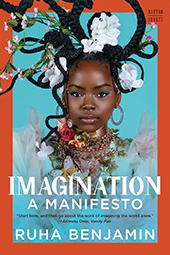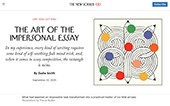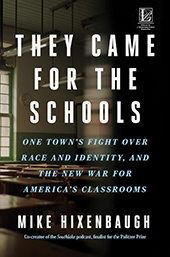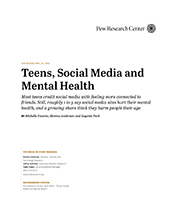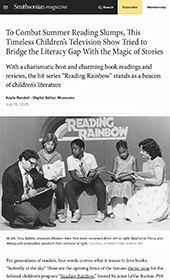What if schools could cultivate the genius of every child instead of narrowing it? In Imagination: A Manifesto, Princeton professor Ruha Benjamin argues that imagination is not simply creative play but a contested terrain that shapes systems of justice or oppression. If mass incarceration, redlining, and eugenics all began in someone’s imagination, then alternative futures must begin there, as well. One powerful example Benjamin cites comes from a NASA study on divergent thinking: 98% of five-year-olds scored at the “genius” level for creativity, but by adulthood, that number dropped to just 2%. Rather than nurturing imagination, schooling often standardizes it away. In contrast, Finland delays formal reading, writing, and mathematics until around age seven, focusing instead on play. Teachers observe and document children’s play because they recognize its role in cultivating collaboration, communication, and care. For independent and international schools, the takeaway is crucial. Classrooms can serve as incubators of radical imagination (an interpretive framing), reclaiming divergent thinking as a practice of liberation. Benjamin’s call invites educators to resist inherited hierarchies and behavioral norms that especially target Black children and to envision schools where creativity, equity, and justice are cultivated as intentionally as literacy and numeracy.


